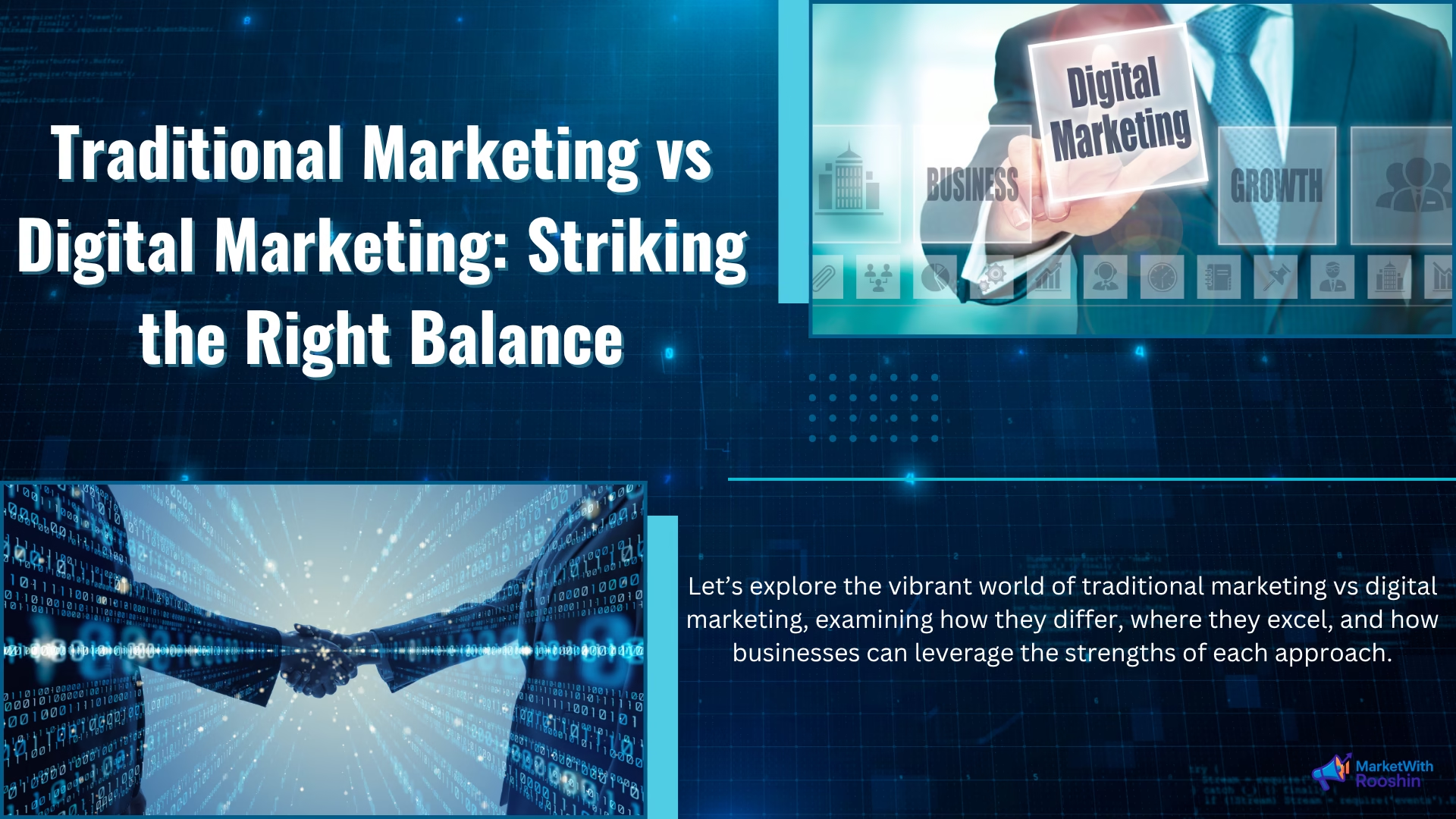
Introduction
Every brand strives to connect with its audience in meaningful ways. Today, the marketing landscape is more diverse and powerful than ever, shaped by the traditional techniques of yesteryear and the cutting-edge strategies of the digital world. How do you figure out what really works for your brand? Or do both together create the magic? Let’s explore the vibrant world of traditional marketing vs digital marketing, examining how they differ, where they excel, and how businesses can leverage the strengths of each approach.
From billboards to banner ads, the traditional marketing vs digital marketing debate defines how brands evolve in a connected world. In comparing traditional marketing vs digital marketing, the choice lies in data-driven strategy versus lasting offline impressions.
In today’s competitive business environment, understanding the difference between traditional marketing vs digital marketing is essential for creating an effective promotional strategy. Traditional marketing includes methods like print ads, billboards, radio, and TV commercials—approaches that have been used for decades to build brand awareness and reach local audiences. On the other hand, digital marketing leverages online platforms such as social media, search engines, email, and websites to connect with a global audience in real time.
The debate between traditional marketing vs digital marketing centers on factors like cost-efficiency, targeting accuracy, and measurable ROI. While traditional marketing still holds value for certain demographics and offline experiences, digital marketing offers more flexibility, detailed analytics, and the ability to engage users across multiple channels instantly. Choosing the right strategy—or blending both—can significantly enhance your brand’s visibility and effectiveness in 2025.
Let’s explore the vibrant world of traditional marketing vs digital marketing, examining how they differ, where they excel, and how businesses can leverage the strengths of each approach.
Traditional Marketing: Definition & Channels
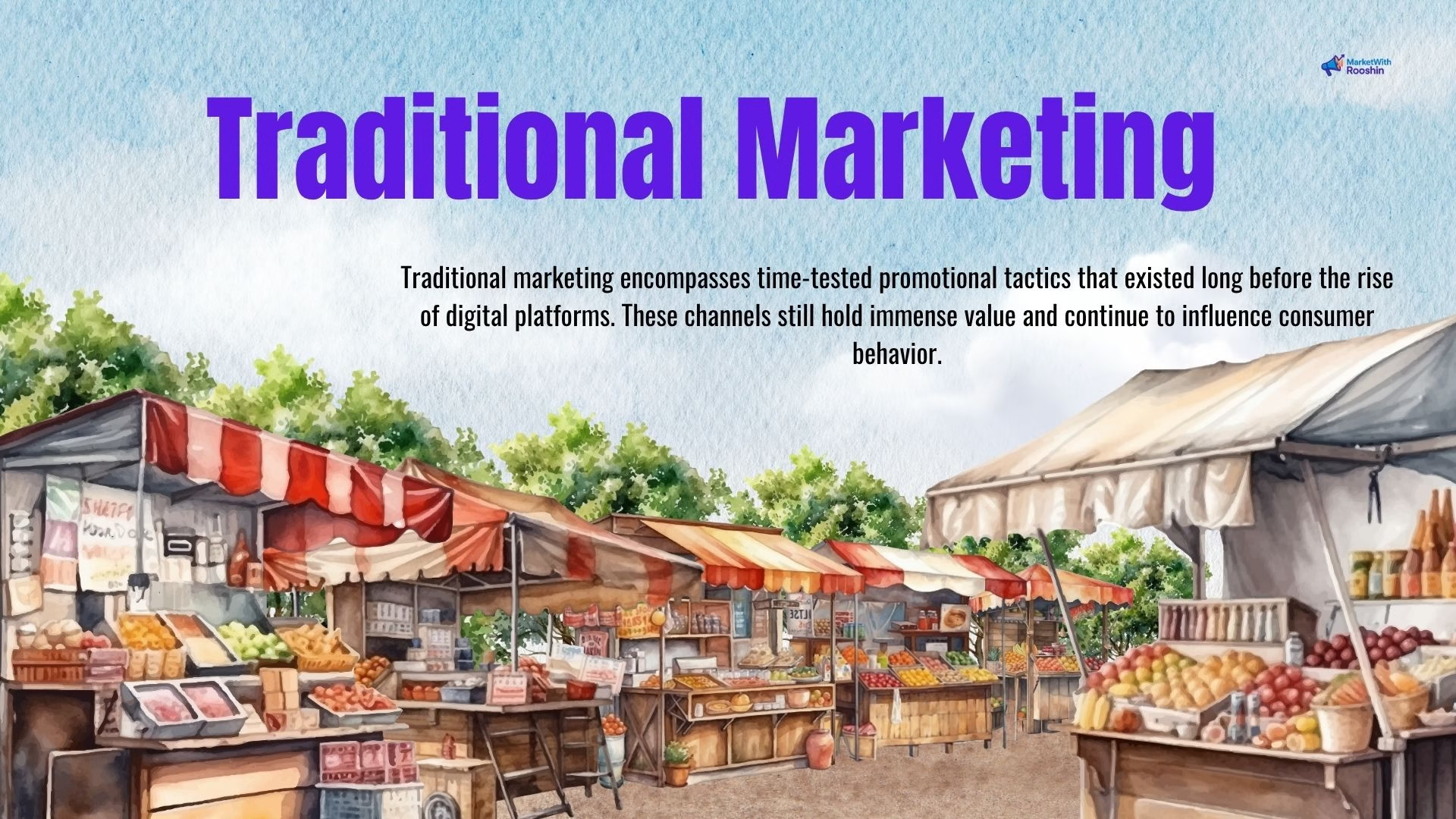
Traditional marketing encompasses time-tested promotional tactics that existed long before the rise of digital platforms. These channels still hold immense value and continue to influence consumer behavior.
Print Advertising
Think newspapers, magazines, brochures, and flyers. Print advertising offers tangibility: something readers can hold, pass on, or pin to a notice board. It demands visual appeal and strong copywriting to shine.
Broadcast Media: TV & Radio
Television and radio have expansive reach. TV brings ads to life with visuals, sound, and emotion, while radio relies on powerful narration and jingles. Though pricey, these channels can evoke strong brand recall.
Outdoor Advertising: Billboards & Posters
Designed for speed and impact, billboards and transit ads communicate messages at a glance. Located in high-traffic areas, they aim to grab eyeballs and deliver powerful, succinct messages.
Direct Mail Campaigns
Direct mail delivers personalized messages to mailboxes. From postcards to catalogs, the physical presence of a mailer can cut through the digital clutter and resonate on a personal level.
Digital Marketing: Definition & Channels
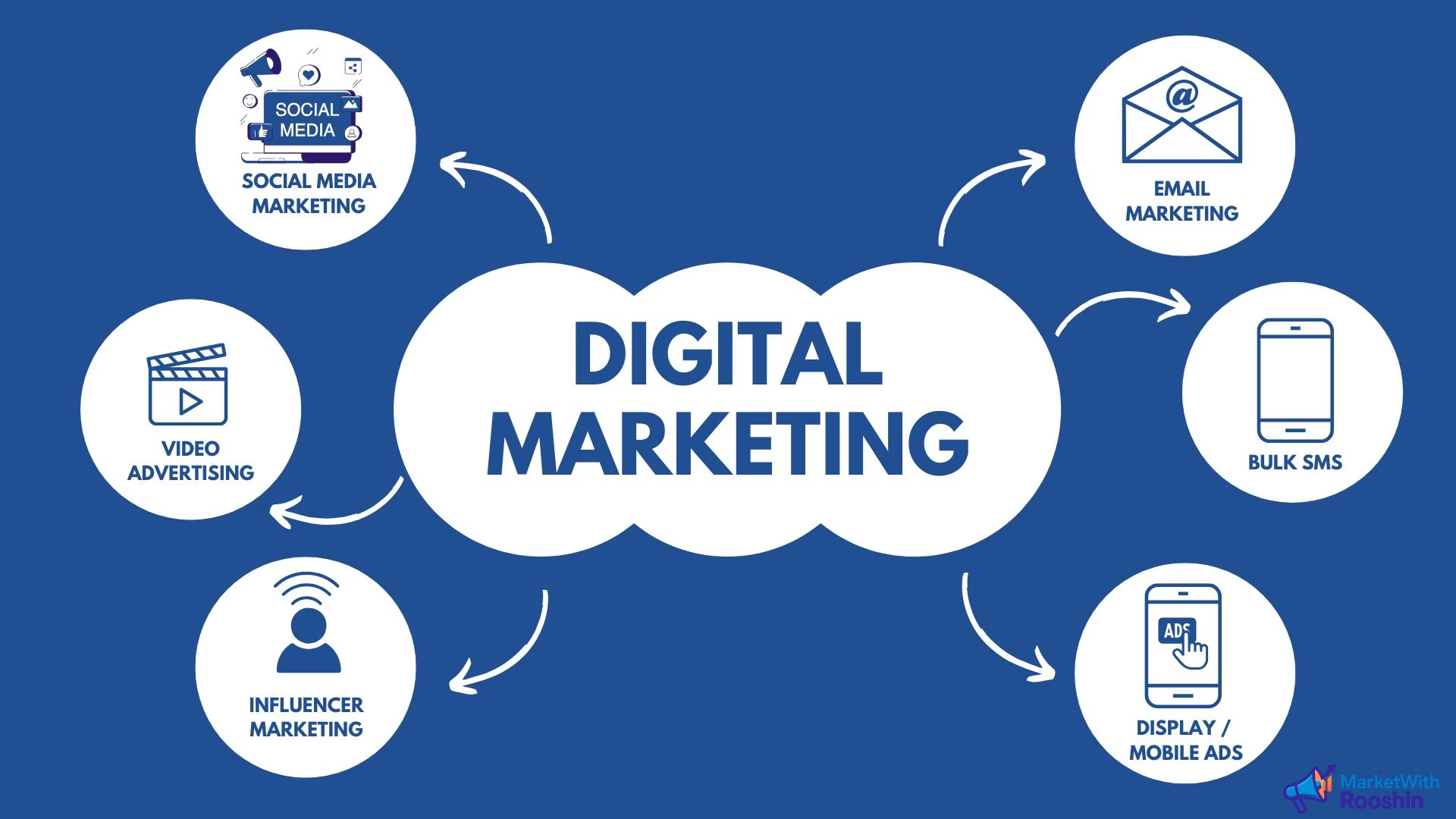
Digital marketing thrives on instant engagement via websites, social media, and other virtual touchpoints. It thrives on data-driven campaigns and measurable results.
SEO (Search Engine Optimization)
SEO is the art of earning organic visibility on search engines. It involves keyword research, optimizing website structure, and crafting valuable content. Over time, good SEO delivers consistent traffic.
Content Marketing
This method thrives on publishing compelling content across various formats—blogs, videos, and more—to spark interest and sustain audience loyalty. It builds trust and positions brands as thought leaders.
Social Media Marketing
Platforms like Facebook, Instagram, LinkedIn, and Twitter offer powerful targeting options. Brands can share content, run ads, and foster communities with direct communication and interaction.
Email Marketing
Despite being one of the oldest digital channels, email remains highly effective. Segmented campaigns, personalized messages, and triggered workflows create strong customer bonds.
PPC Ads & Display Networks
Pay-Per-Click (PPC) allows brands to bid on keywords and pay only when users click. You’ll find display ads spread across countless websites both within and outside Google’s advertising network. When combined with remarketing, they can be extremely effective.
Key Differences Between Traditional & Digital Marketing
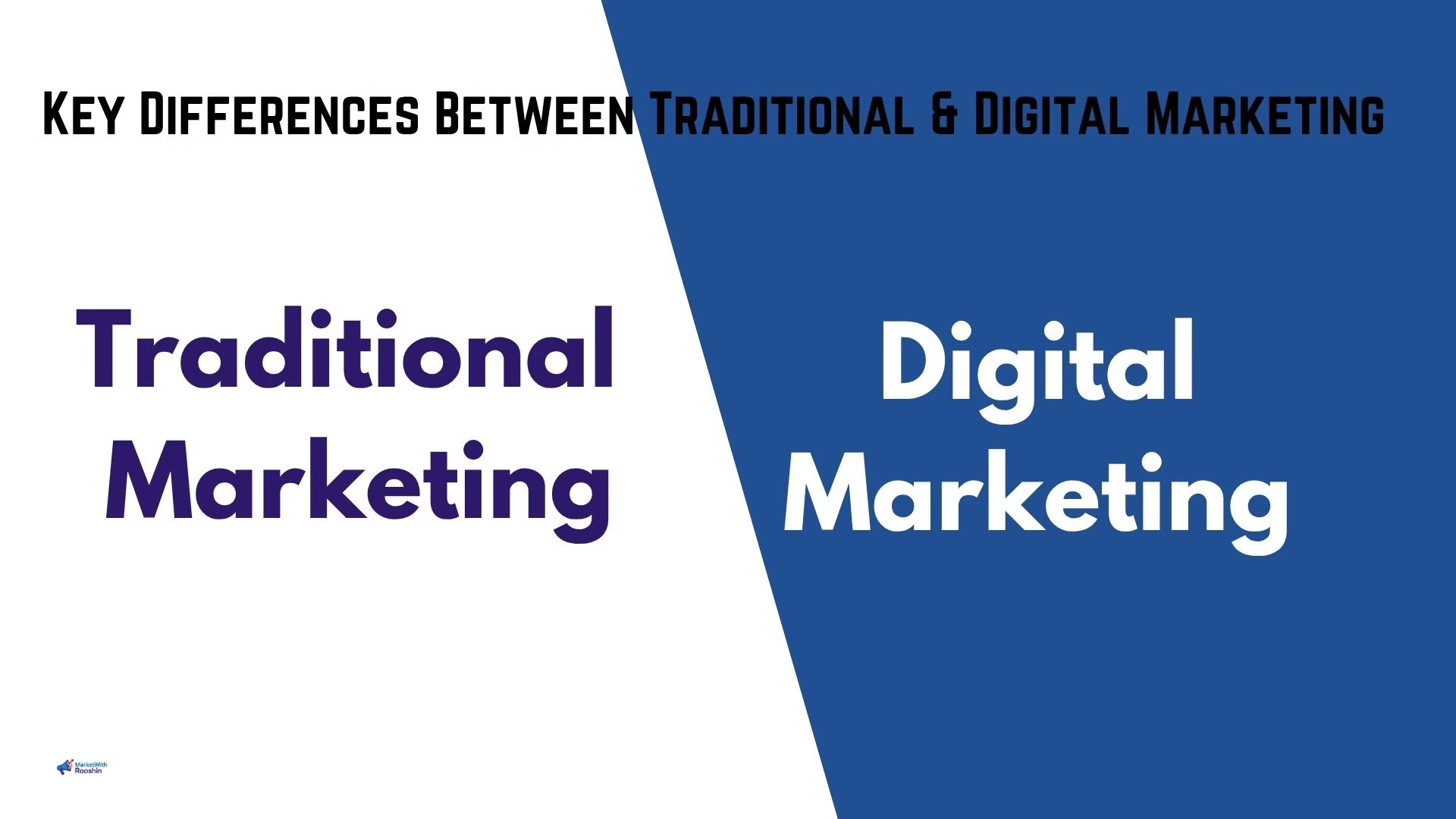
Understanding how these two approaches compare is crucial for crafting smart marketing strategies.
The debate between traditional marketing vs digital marketing continues to shape how brands connect with consumers in both offline and digital spaces.
Choosing between traditional marketing vs digital marketing depends on your audience, goals, and budget. Each offers unique benefits for brand growth.
The shift from traditional marketing vs digital marketing has redefined how brands reach and engage with modern consumers.
The battle of traditional marketing vs digital marketing continues, but the smartest strategy often combines both for maximum impact.
Explore how traditional marketing vs digital marketing impacts brand awareness, consumer trust, and long-term results in today’s marketplace.
1. Reach & Audience Targeting
- Traditional: Broad, demographic-based targeting.
- Digital: Highly specific targeting by interests, behaviors, locations, and more.
2. Cost & ROI Monitoring
- Traditional: Often expensive (TV spots, print runs, large outdoor placements).
- Digital: Flexible budgeting with tools to monitor real-time performance, ensuring efficient ROI.
3. Engagement & Interactivity
- Traditional: One-way communication—brand to consumer.
- Digital: Bidirectional interaction—comments, shares, conversions, and customer feedback.
4. Measurability & Analytics
- Traditional: Measures through reach estimates, surveys, or sale attribution.
- Digital: Detailed analytics—clicks, views, time spent, conversion rate, customer journeys.
5. Flexibility & Real-Time Adjustments
- Traditional: Modifying a live campaign can be both resource-intensive and slow-moving.
- Digital: Instant modifications—budgets, messaging, creative can shift with evolving results.
Advantages of Traditional Marketing
Tangibility & Credibility
A physical ad feels real and trusted—magazines and newspapers often carry inherent credibility and authority.
Local Reach & Brand Recognition
For brick-and-mortar businesses, local radio or outdoor ads can build visibility quickly within a neighborhood.
Emotional Impact
TV and radio ads use storytelling combined with audio/visual elements to resonate deeply with emotions.
Advantages of Digital Marketing
Laser-Targeted Audience
Want to reach 25–35-year-old fitness enthusiasts within 10km of your store? Not a problem with digital ads.
Cost Efficiency & Budget Control
Set daily budgets, cap bids, and pause underperforming ads—digital gives you full control over spend.
Instant Analytics & Quick Adjustments
Track what’s working and what’s not—eliminate guesswork with clear data and actionable insights.
Global Reach & Scalability
Expand internationally with minimal additional cost. Digital ads can run worldwide or be tailored to local cultures and languages.
Blending Strategies: The Hybrid Approach
Instead of choosing one over the other, savvy marketers often blend traditional and digital channels for maximum impact.
Consistent Brand Messaging
Use the same core message across radio ads, social media campaigns, and billboards to reinforce your brand’s image and values.
Multi-Channel Campaigns
Combining pre-roll video ads on YouTube, print insertions in local newspapers, and targeted email follow-ups can create a synchronized campaign experience.
Retargeting & Integrated Data
Drive sign-ups through direct mail, then retarget those users online with special offers. Use digital data to tailor traditional follow-ups—an effective loop.
Case Studies: Real-World Examples
A Local Business Goes Digital
Imagine a regional cafe that places flyers around town and also promotes a special through Facebook Ads targeting coffee lovers within the area. They succeed by pairing tactile presence with real-time online engagement, boosting both in-store visits and online orders.
A Nationwide Campaign Integrating Both
A telecom company runs TV commercials during prime time, backs them with YouTube bumper ads, and finishes with email offers to sign up for new plans. By combining multiple touchpoints, this strategy amplifies attention, fuels interest, and inspires action.
Aligning Your Business Goals with the Right Marketing Combo
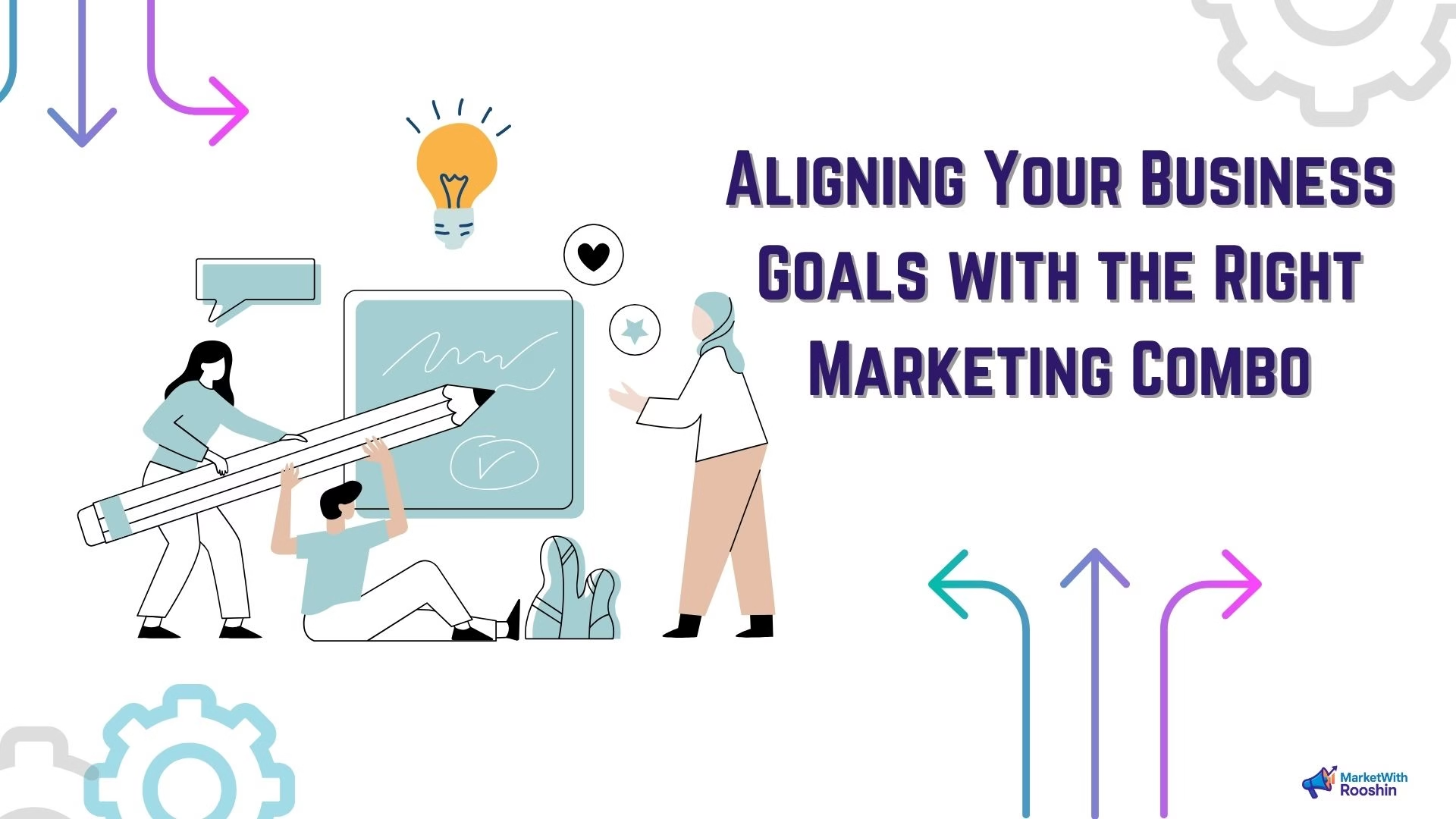
Know Your Audience
Are they switching through radio channels during morning commutes? Or browsing social media at night on mobile devices?
Define Objectives
Do you want mass awareness (traditional) or performance-driven conversions (digital)? Be clear about your goals.
Evaluate Budget & Resources
Traditional campaigns require upfront allocation; digital can start small and scale with success.
Measure & Optimize Continuously
Even traditional efforts benefit from analytics—track coupon redemptions, surveys, customer feedback to inform future campaigns.
Future Trends in Marketing
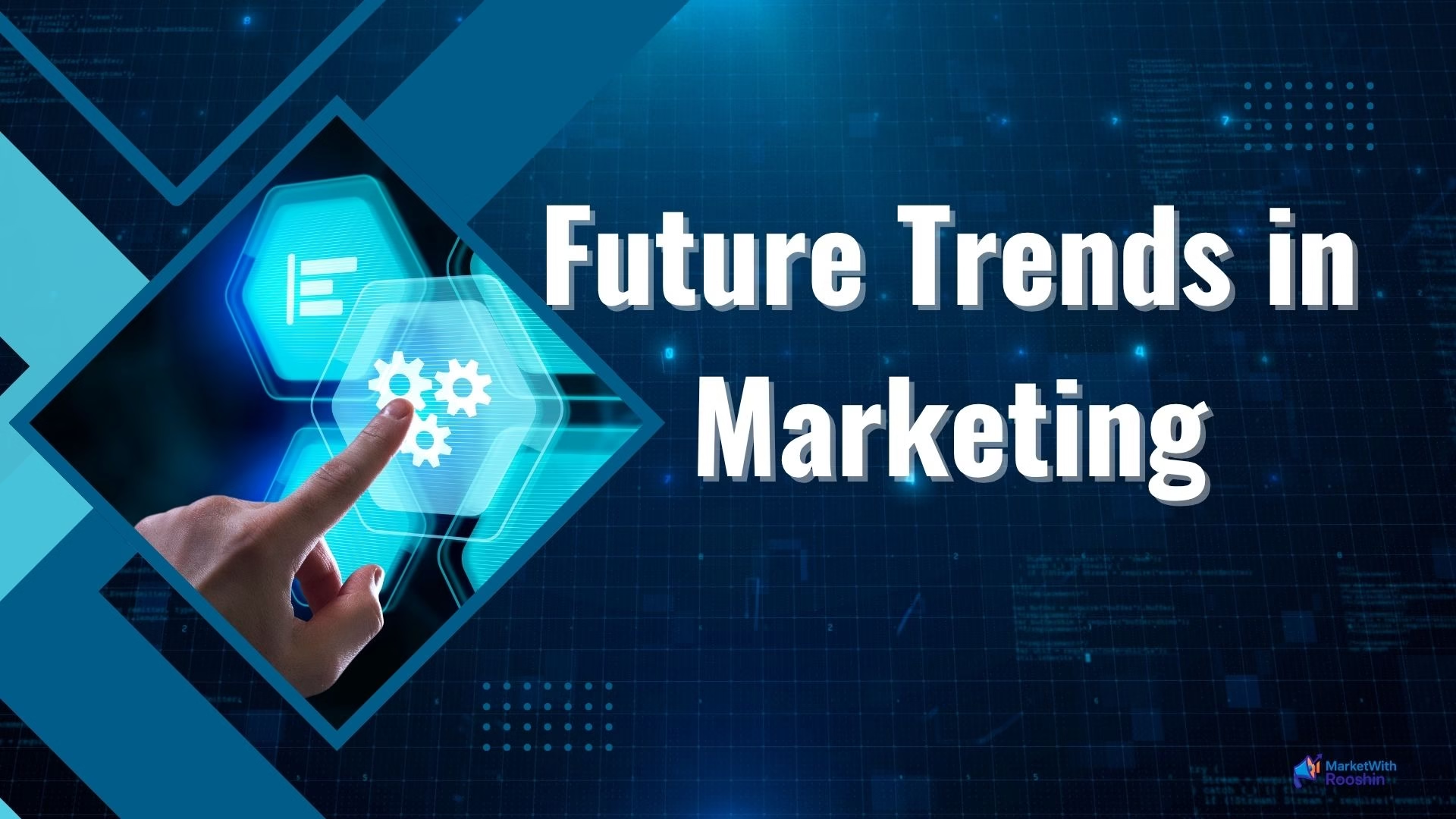
AI & Automation
Smart algorithms are streamlining ad placement, budgeting, personalization, and reporting across channels.
AR/VR Experiences
Augmented reality is taking outdoor ads and direct mail to another level—imagining interactive billboards or postcards that come to life.
Voice Search & Smart Assistants
With voice-enabled devices becoming ubiquitous, optimizing campaigns for voice queries is key—especially for local searches (“Okay Google, find me a coffee shop nearby”).
The Role of Consumer Behavior in Shaping Marketing Strategies
One of the pivotal factors that influence whether a business should lean towards traditional or digital marketing is consumer behavior. With endless information at their fingertips, today’s customers make confident, well-researched decisions. They conduct thorough online research before making purchasing decisions, read reviews, watch unboxing videos, and even compare prices in real-time.
Brand Storytelling Across Mediums
Storytelling is at the heart of effective marketing. Whether through a touching commercial aired during prime time or a viral YouTube video shared among friends, the narrative must resonate with the audience. Traditional media tends to focus on longer-form storytelling, often with cinematic production values that create emotional connections. In contrast, digital media allows for serialized storytelling, micro-content, and interactive experiences that invite the audience to become part of the story. Marketers who master the art of storytelling across both mediums can create more immersive, memorable brand experiences. Success comes from staying true to your brand voice while tailoring content to suit each platform’s unique style.
Environmental and Ethical Considerations
As sustainability becomes a growing concern, marketing strategies are also being evaluated through an environmental and ethical lens. Traditional marketing methods, especially print and outdoor ads, have a tangible environmental footprint—paper waste, ink usage, and production emissions.
Conclusion
In today’s fast-evolving business landscape, the question isn’t whether traditional or digital marketing is better—it’s how to use both strategically to serve your brand’s unique goals. Traditional marketing offers a sense of familiarity, credibility, and emotional resonance that still holds power, especially in local or broad-reach campaigns. Meanwhile, digital marketing empowers brands with precision, real-time analytics, and scalability like never before.
Success in 2025 may depend on understanding traditional marketing vs digital marketing and leveraging the strengths of both. For startups and big brands alike, knowing the pros and cons of traditional marketing vs digital marketing can drive better results.
For many businesses, the sweet spot lies not in choosing one over the other, but in blending both approaches into a cohesive, cross-platform strategy. Print ads can introduce your brand to a broader audience, while digital campaigns nurture those leads and drive conversions. A radio jingle can create brand recall, which is then reinforced by a targeted social media ad. When these elements work in harmony, they deliver a 360-degree brand experience that reaches customers at multiple touchpoints.
Choosing between traditional marketing vs digital marketing isn’t about picking sides—it’s about choosing a cohesive, audience-centric strategy. Traditional methods deliver presence and credibility, while digital offers precision and analytics. By blending both, brands can tap into emotional connection and targeted engagement simultaneously. Take a strategic look at your business goals, audience habits, and budget, and craft campaigns that harness the diverse power of both worlds.